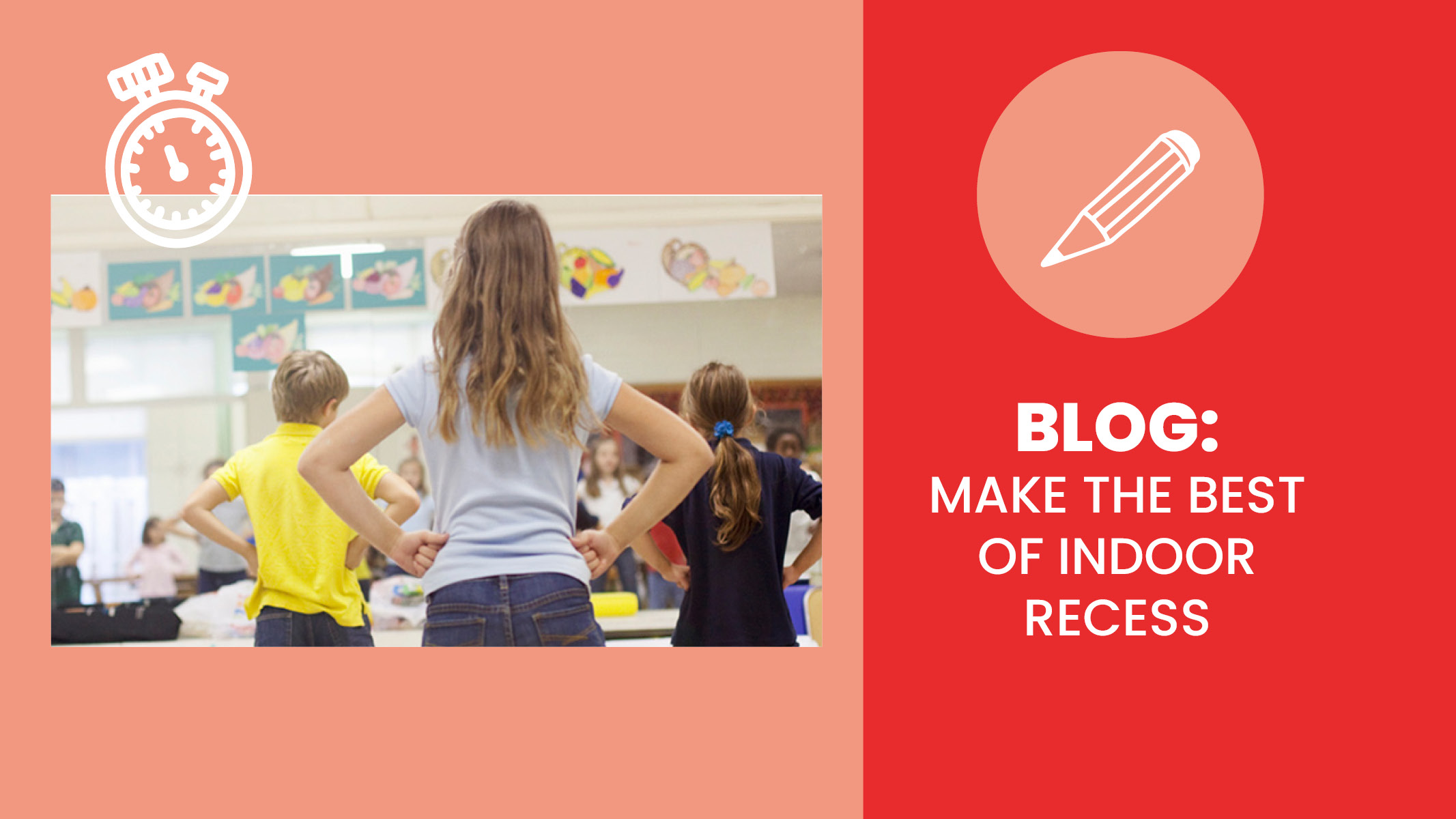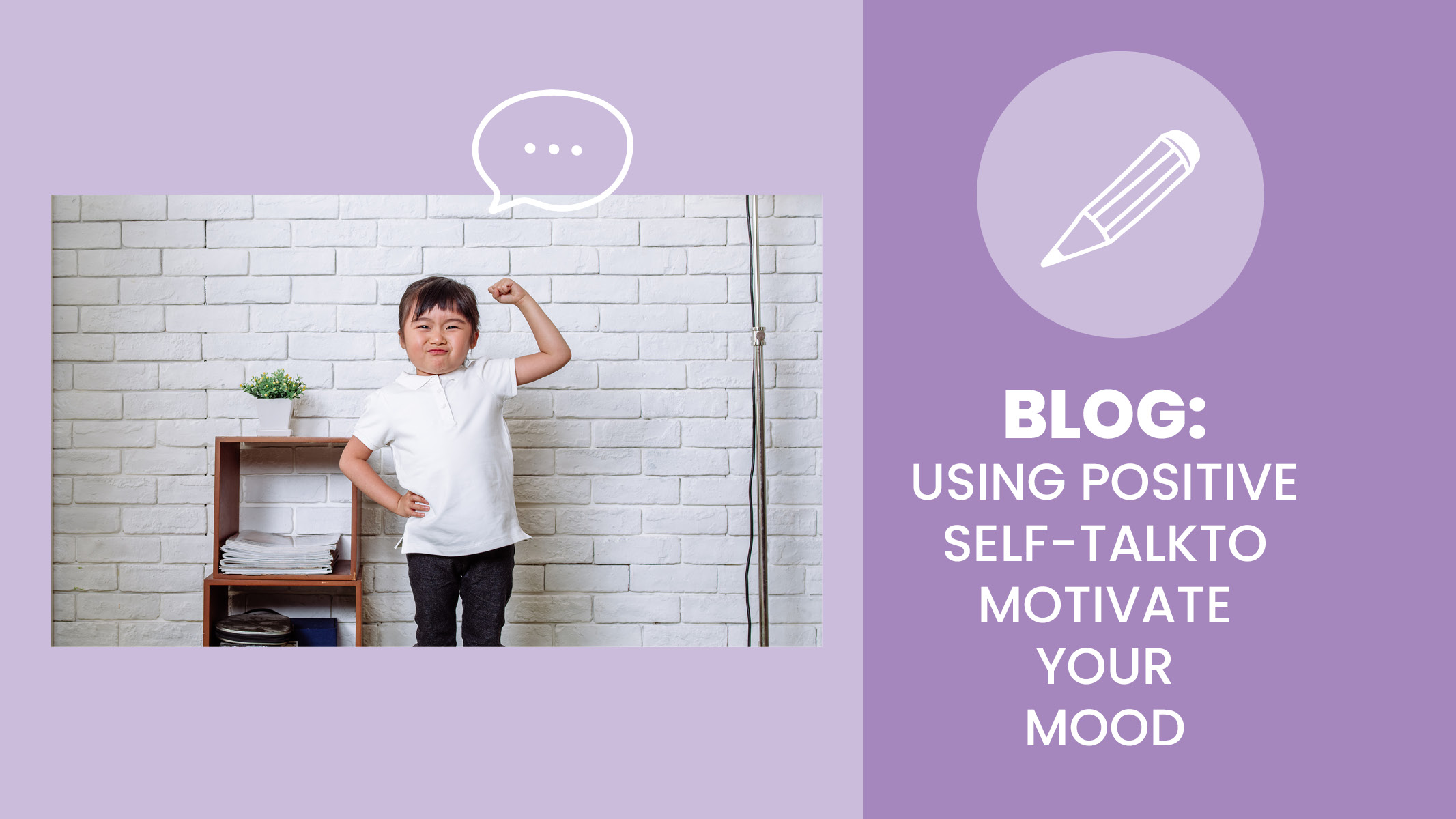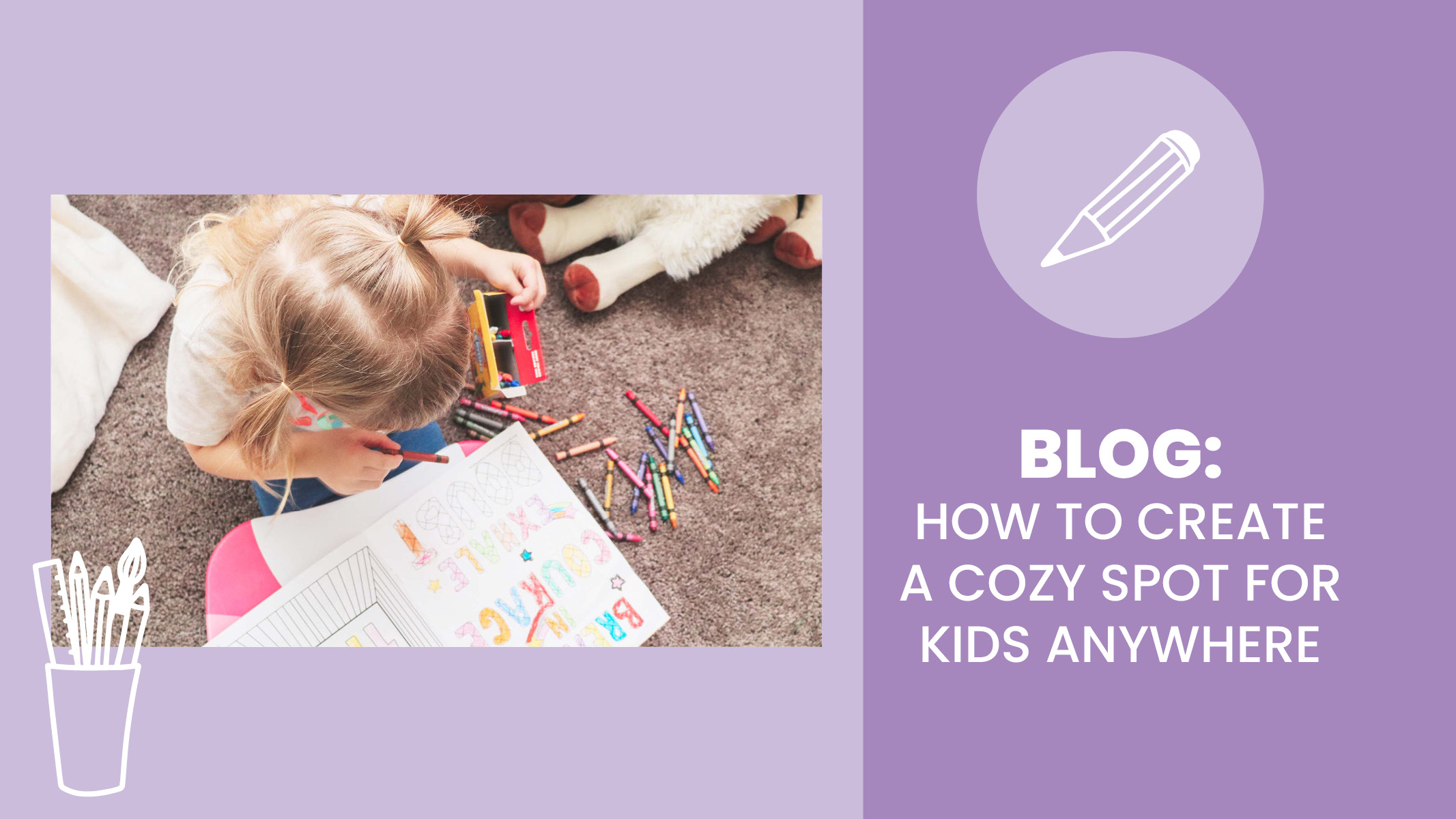Regardless of the reasoning, there are times when recess gets moved indoors, leaving teachers and students feeling a little stir-crazy! Let’s check out all of the good things recess does for students no matter where it takes place:
- Physical Benefits. Physical activity helps the brain retain information easier and improves alertness and attention. Indoor recess provides an outlet to engage in the physical activity bodies need. Beginning your recess with a guided, moderate-to-vigorous physical activity is a great way to get your students' bodies warmed up. Always end with a cool-down and some breathing exercises for a smooth transition to the next activity.
- Social and Emotional Benefits. After warming up with physical activity, break out the games! During gameplay, students learn to interact, socialize, cooperate, and problem-solve with their peers. Kids also learn about and practice communication skills throughout their gameplay.
- Cognitive Benefits. In addition to gameplay, offer your students a creative option. Providing a creativity break allows students time to retain information and relieve stress. Use blocks for tower building or grab some paper and a writing utensil to doodle or draw. Better yet, create an artist’s space with pasta, yarn, wire, paper tubes, etc., for kids to create original works of art.
When it comes to indoor recess, sometimes you have time to prepare and sometimes you don’t. Here are some easy things to remember that can simplify your indoor recess planning.
Have activities ready. As you get to know your class, you can modify your activities to suit your students’ likes and dislikes. Some easy activities to have on hand are coloring pages, crossword puzzles, physical activities like fitBoost or a 5-minute fit workout video, books, or board games! Having different options for your kids also encourages them to try things they might not have an opportunity to do after school.
Keep everything organized. When you have all your activities and necessities in one place, you cut your planning time in half. Some easy places to keep all your activities are your Take a Break Basket or a corner in your classroom.
Transitions are key. One of the most frustrating parts of an indoor recess is the transition time back to your academic schedule. Help kids transition by giving them a timeline for their activities. Remind them that they have a certain amount of time at the beginning of indoor recess. Follow that initial reminder with a half-way mark, and let them know ahead of time that soon, they will need to clean-up and put away the indoor recess activities. Once you’re down to the last 2-5 minutes of recess time, give a final reminder like a 2-minute warning! If you're looking for more classroom transition ideas, check out this article!
End on a calming note. Close your indoor recess with a quiet stretching activity to bring everyone’s minds back to focus on school. Do a fitFlow yoga activity together or play the fitFlow video for your students. Everyone will be refreshed and ready to take part in whatever the rest of the day brings.
Ready for More? You Might Also Like:
ABCs of a Healthy Me: Printable Poster Pack
5 Senses in 5 Minutes: Grounding Exercises for Kids
50 Boredom Busters that Kids Love


